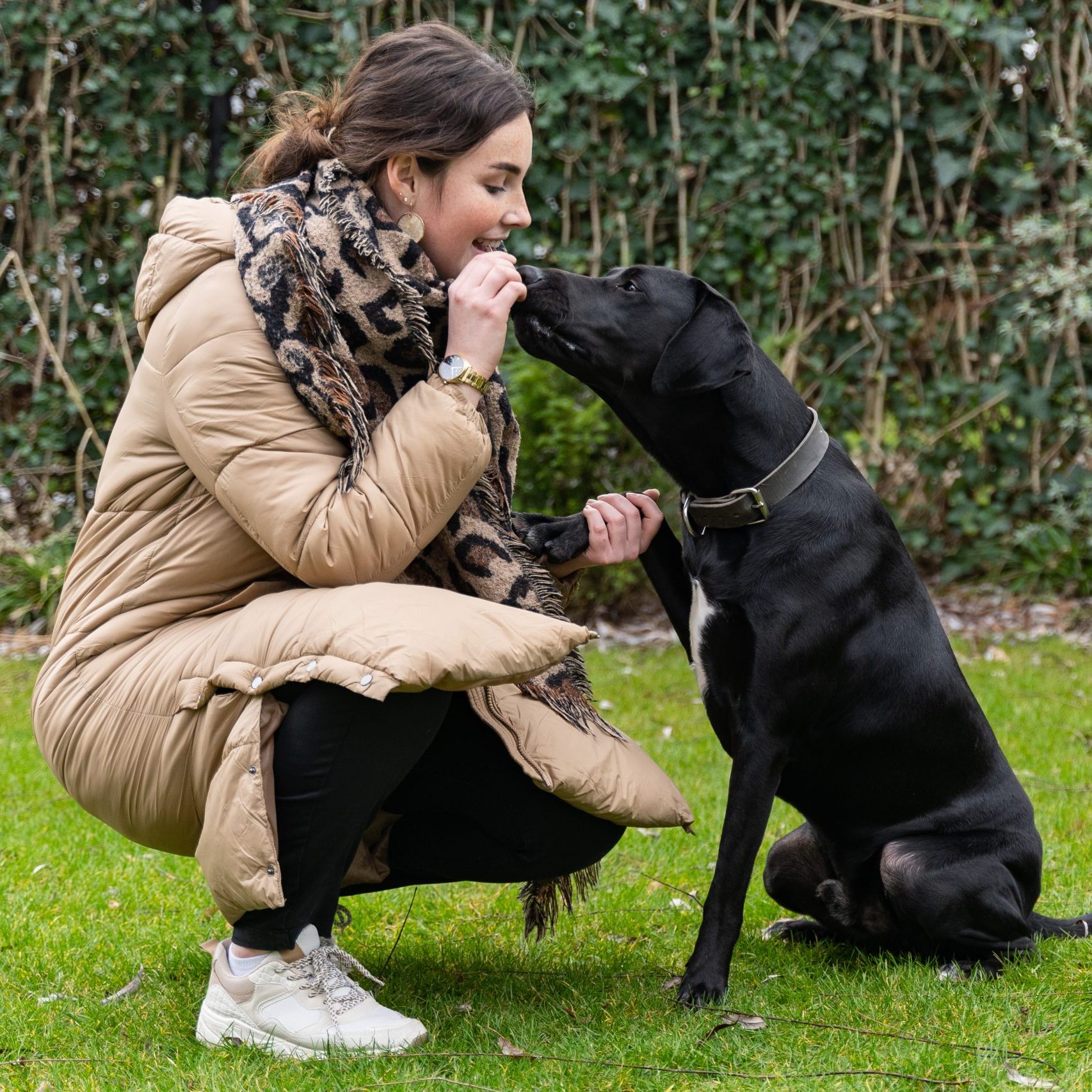
There is nothing more annoying than itching, especially when scratching doesn't help and you can't get rid of it. This applies not only to us, but also to our pets. In some cases, it goes as far as scratching open the whole skin. There can be several causes for itching: fleas, allergies, insect bites or shedding. However, it is also possible that your dog suffers from yeasts. Let's take a closer look at these small but powerful entities and understand how they affect the lives of our faithful four-legged friends.
Yeasts are single-celled fungi found everywhere in nature. They can grow well in warm, humid environments. Malassezia is the most common yeast in dogs. Although most yeasts occur normally and are harmless on the skin and in the ears of healthy dogs, they can become problematic when their population gets out of control. As a reaction, the skin becomes inflamed and then we speak of Malassezia dermatitis.
A healthy dog is not likely to suffer from excessive yeasts. The immune system keeps the number of yeasts on the skin in balance. If the immune system weakens or changes occur to the skin, yeasts may have the opportunity to start growing. In most cases, Malassezia dermatitis is the result of another underlying problem. Possible underlying causes are:
In addition, skin folds are also sensitive areas in a dog. Although not only breeds with skin folds, such as a boxer, are at increased risk of Malassezia dermatitis. The West Highland white terrier and the dachshund are particularly prone to this, presumably due to a genetic background.
It is difficult for a layman to determine if your dog has a yeast infection. This has to be determined by a vet through an examination. You can recognise symptoms yourself that may be an indication. In a Malassezia dermatitis, the following symptoms are normal:
The examination the vet performs to diagnose Malassezia dermatitis is called a Cytological examination. The vet takes a sample of skin cells and looks at them under the microscope, then assesses them. Taking a sample is completely painless and can be done with a sticky tape or a cotton swab.
Since it is not difficult to take a skin sample, but a visit to the vet can have a huge impact on the dog, HFL Animal Health has developed a home kit, the Cytocheck. This way, you can take a sample of skin cells at home. When you send it in, dermatologist M.W. Vroom will assess the sample. Curious about how to take a sample? Then watch the video below:
The advice is to use Yeastosol once or twice a day on the affected areas. As the spray contains alcohol, it is not recommended to spray on wounds. Indeed, this can sting a lot. It is also wise to distract your dog after spraying, for example with a ball or a walk. This prevents the dog from licking up the spray out of curiosity.
To know more about Yeastosol click here.